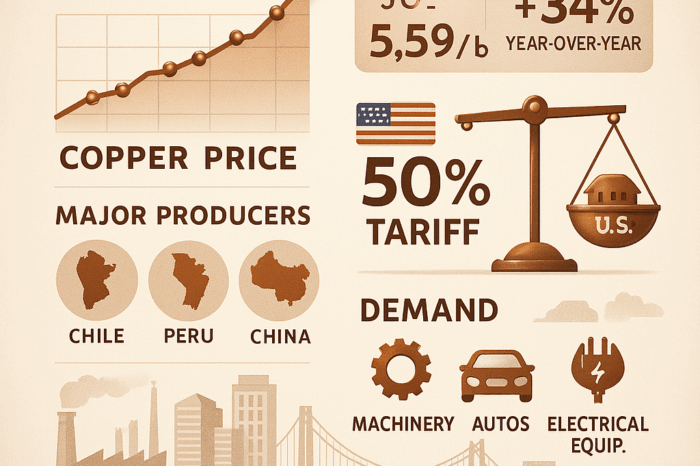Population Trends Drive Healthcare Opportunities
 Last week DISC Corp updated its 2016 outlook for the electrical industry through its Flash Update. Overall the projection was for the electrical industry to be down 1.5% however, Herm highlighted that there are customer segments that are outperforming the market. One he mentioned was the healthcare market. So, we decided to ask “why?” also considered what could be the profile of segments that are outperforming the overall electrical industry market.
Last week DISC Corp updated its 2016 outlook for the electrical industry through its Flash Update. Overall the projection was for the electrical industry to be down 1.5% however, Herm highlighted that there are customer segments that are outperforming the market. One he mentioned was the healthcare market. So, we decided to ask “why?” also considered what could be the profile of segments that are outperforming the overall electrical industry market.
Since Herm mentioned healthcare, we considered the macro trends driving the healthcare market (one of which could be ObamaCare) to understand the broader demographic trends that influence electrical distributor customer segments … and opportunities.
We reached out to Victoria Gustafson, a participant in our executive-in-residence program and a market research growth strategist who used to work in the electrical industry, for an overview of macro issues in the healthcare segment. She shared:
The U.S. economy is projected to grow at a lukewarm annual rate of 2.5% for the next 3 years. This means if you “ride with the tide”, expect slow growth. The alternative? Finding and seizing pockets of opportunity
Healthcare offers such a pocket of opportunity. According to the Center for Medicare and Medicaid Services (CMS), healthcare spending will grow at more than double the rate of GDP and will experience an average annual growth of 5.8% for the comparable period. This trend offers lucrative prospects to many industries, including construction.
Health care construction has thrived in recent years and will continue to do so. It is projected to achieve a 6.2% growth in 2016, according to The American Institute of Architects’ (AIA) consensus forecast, thus outpacing every other segment of institutional construction. However, the sub-segment growth dynamic is changing. Traditional growth areas, such as hospitals, are slowing down, and newer formats, such as walk-in clinics, are growing double digit. The underlying cause of this growth shift can be boiled down to two socio-economic trends – aging of the U.S. population and increasing consumer expectation of affordable, quick and convenient service.
According to the U.S. Department of Health and Human Services, by 2020 16% of Americans will be over the age of 65 – a 20 million-person increase over 2000. Higher numbers of aging Americans will increasingly demand their own ecosystems – highly integrated networks of specialized hospitals, outpatient clinics, medical buildings, assisted living facilities, pharmacies and more. U.S. Department of Health and Human Services estimates that 70% of the population over the age of 65 will require some kind of long-term care. This will create an unprecedented opportunity for the sector. Beyond new construction, retrofitting existing spaces to be older Americans-friendly will provide another boost to construction industry.
And beyond the traditional healthcare ecosystem, consider the hotels, restaurants, commercial strip centers and other construction that supports these communities.
Younger generations, used to the 24/7 world of ecommerce and on-demand services, also present a slew of opportunities for the industry. Health models that let consumers access care quickly and cost-effectively are winning out. Walk-in clinics are projected to grow in numbers by 12% by the end of 2016. The trend of going to where the consumer is, not the other way around, contributes to continual move to community-based care by health systems. According to Revista, hospitals will experience a shrinking share of construction in 2016, with 72 percent of projects in the pipeline moving “off-campus. “ This might mean that the majority of projects are smaller, faster and more local
To meet the 24/7 generation’s expectations from healthcare, more insurance companies are compensating doctors for tele-visits. Consider opportunities created by this consumer group’s desire to upgrade to Smart Homes. Similar trend will also be true for the older group who wants ease of usage (lights that automatically shut off / turn on, etc.)?
Distributors should consider how to capitalize on these trends to capture growth. Consumer-centric approaches have helped other industries grow by segmenting and targeting their customers and their customers’ customers to bring tailored product and service bundles. Now could be the time to develop a health care ”specialty” within your marketplace that spans beyond traditional definition, to capitalize upon market trends that will prevail through our lifetimes.
To gain a sense of the size of the healthcare market we then reached out to Herm Isenstein to get a sense of the market based upon the information in DISC’s Market Track data tool. His input included:
The direct, distributor-served healthcare market, as defined as SIC 80, is:
- about a $400 million market
- consists of about 1.1 million individual locations that employ over 16 million people
- 40% of distributor provided electrical sales is to medical and surgical hospitals.
- the average electrical spend per employee (also known as an employee multiplier) for these facilities is $25 per employee
While many may think a $400 million national market is small, Herm emphasized that this does NOT include what contractors supply to this industry (new construction, renovation projects, outsourced MRO services), only what electrical distributors sell directly.
UPDATE: As part of strategy to pursue markets such as healthcare, distributors should reach out to leading suppliers to identify if they have conducted any research that will assist in the sales effort but is pertinent to benefits that the audience will receive (yes, this was phrased specifically this way). Consider this article in FacilityCare by Karyn Gayle, vice president of Healthcare at Acuity Brands Lighting. The essence of the article is “Studies show that healthcare facility visitors have a better experience if they are treated in a calming space where they feel connected to nature and have, among other things, control over their environment.” Oh, and yes, there are energy savings. From a distributor viewpoint think fixtures, controls and more!!
A couple of growth thoughts:
- This is not the only macro-socioeconomic trend that distributors can develop specialties around to become “their local markets” specialists. And DISC’s Market Track can help quantify the opportunity nationally and locally by SIC.
- Creating a “bundled” products approach … highlighting the appropriate products for a segment … can enable a distributor to involve multiple manufacturers in an initiative. The benefits to the “customer” (be they to the contractor, the facility or the end-user) should be highlighted via multi-level marketing. Ask your lighting provider if they have research that highlights wellness, productivity, performance, revenue-generation, etc., and communicate this, and case studies, in your marketing efforts.
Interested in a new approach and pursing some niches? Contact us for others and how to identify these trends and how you could take advantage of these opportunities.





















